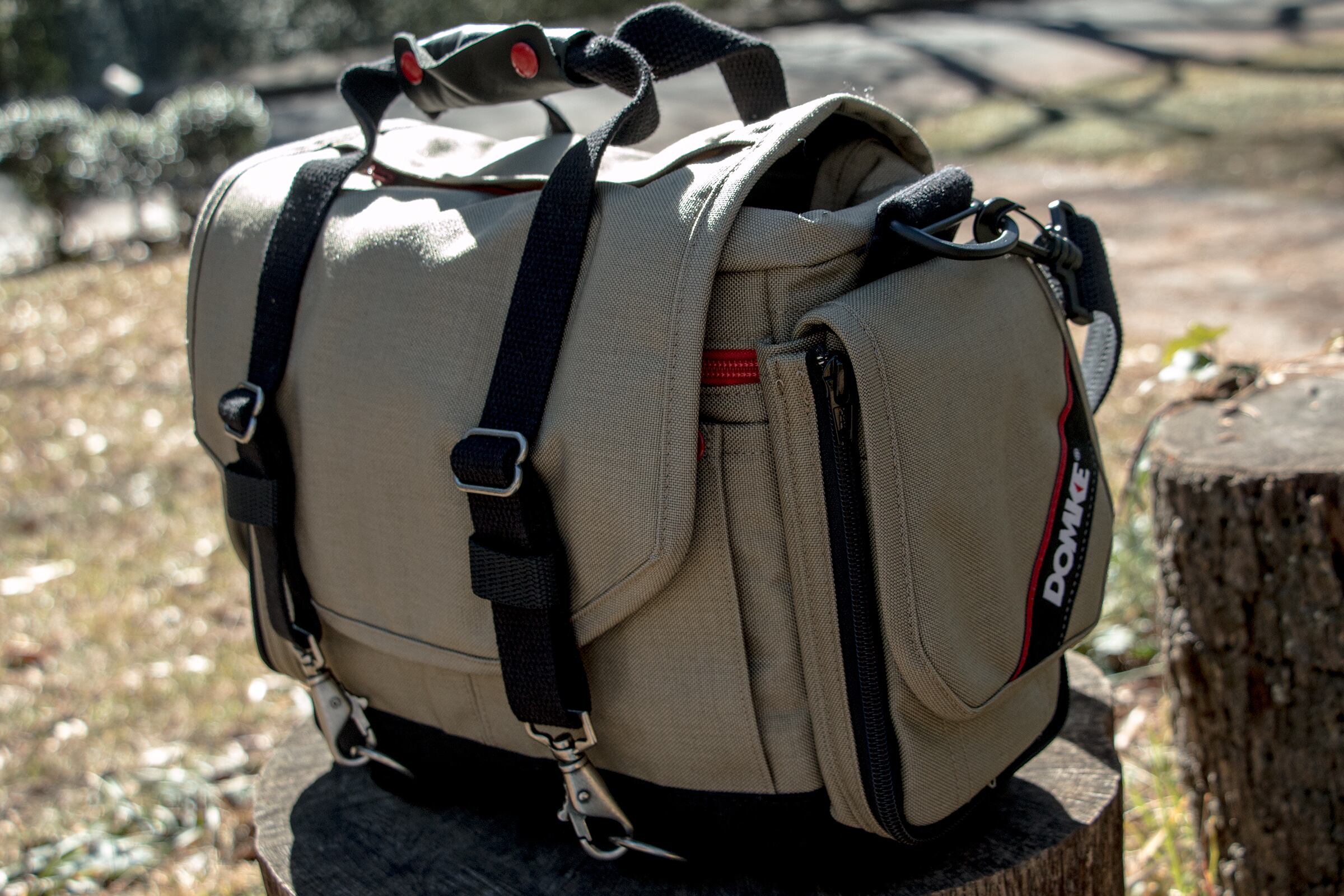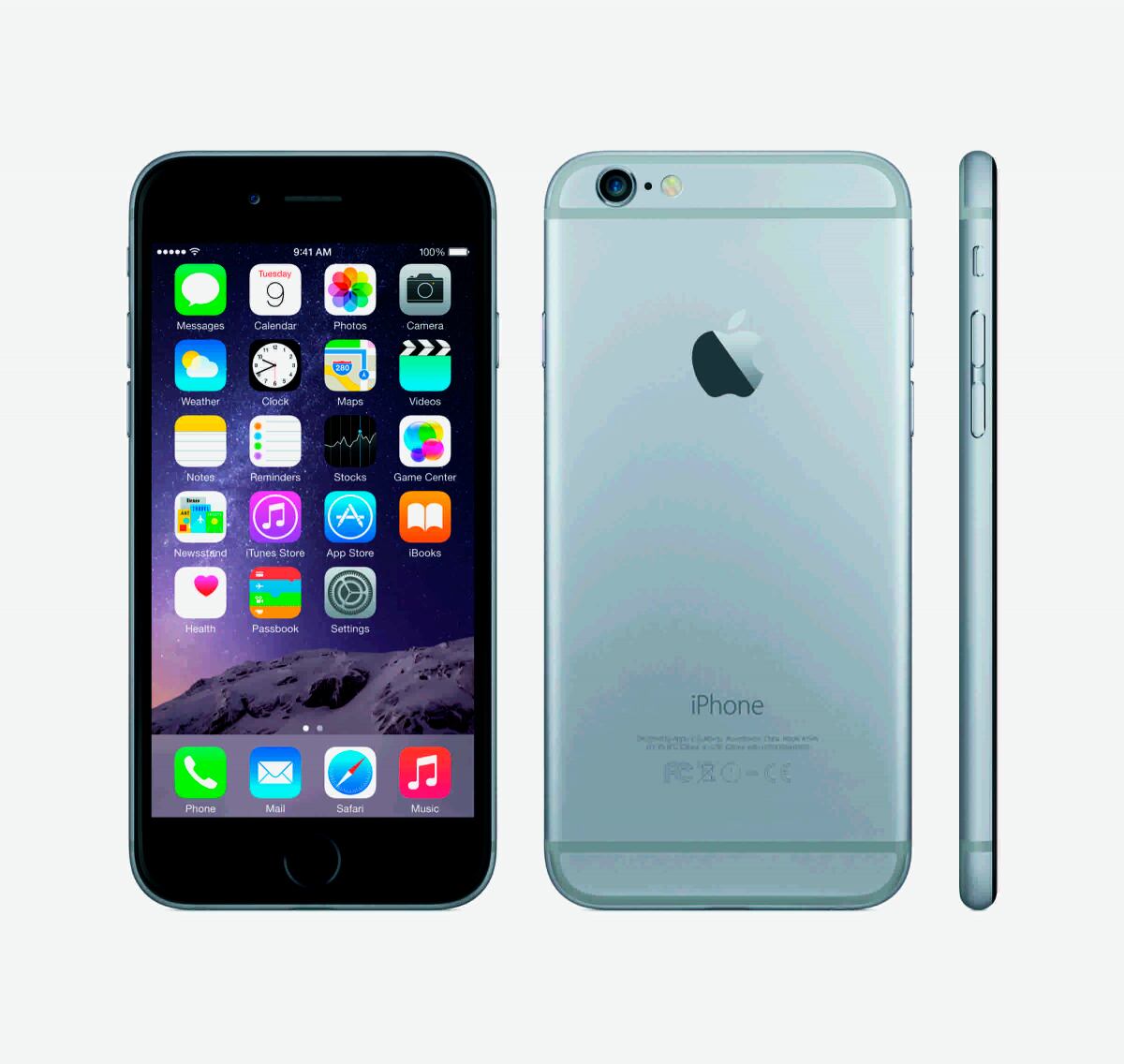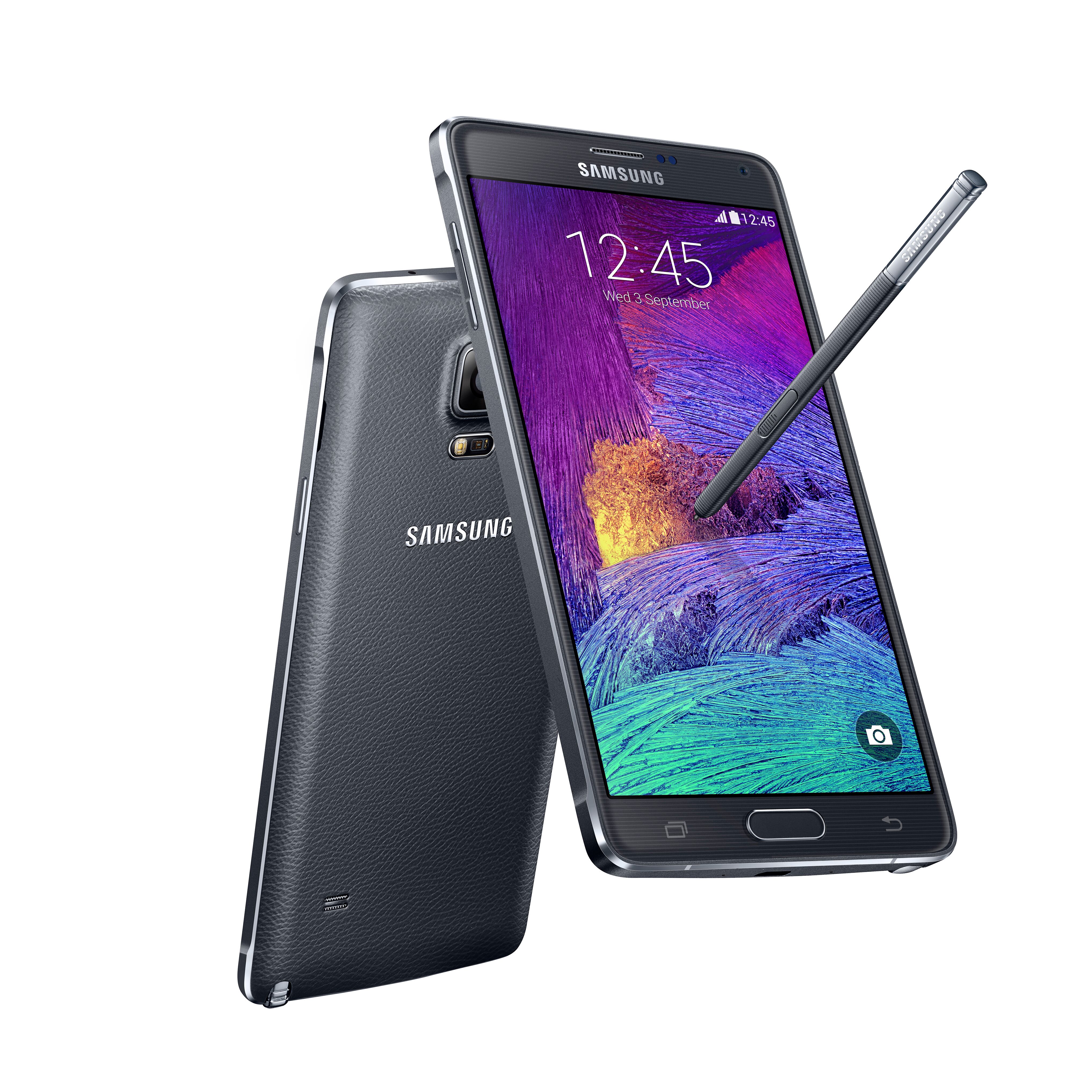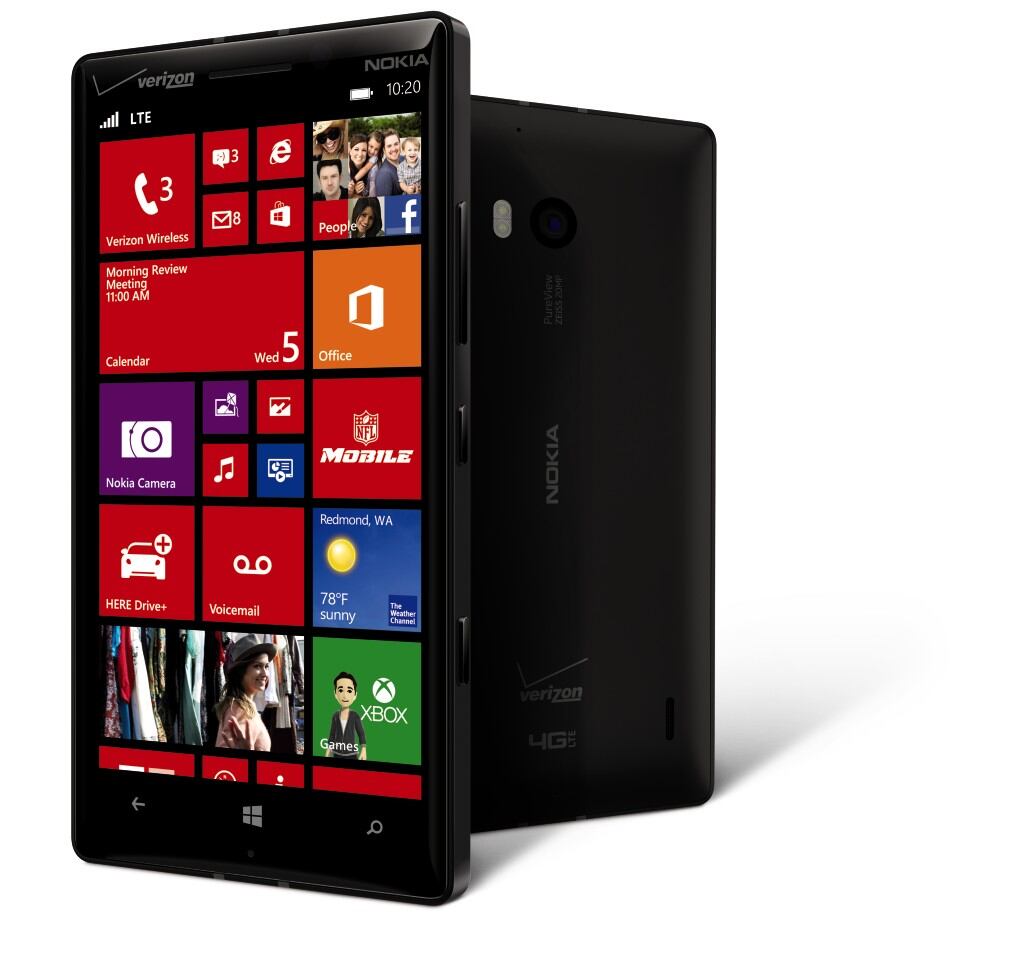GoPro Hero 4 Black ($500)
GoPro continues to excel in action cameras. The company's latest model, the Hero 4 Black, shoots video in full 4k resolution, which is also known as ultra-high-definition. That's a lot of crystal-clear imagery in a camera not much bigger than three matchboxes stacked on top of each other.
The 4k resolution is at the standard 30 frames per second, though. For the more impressive 120 frames per second, resolution is limited to the standard high-definition 1920 x 1080.
Nonetheless, the 4k footage doesn't disappoint. I shot some children's soccer matches and hiked to a creek. On a 4k display, small details pop into view, like blades of nearby grass and dust on smooth surfaces. It really is the next level of video imagery, and many pros already are upgrading to 4k video gear in anticipation of a future when everyday consumers have the capability to view it. Many higher-end TVs and monitors are being sold with 4k capability.
GoPro sells a variety of add-ons, such as waterproof cases. I particularly recommend the $80 touchscreen LCD back because it makes it easier to adjust the camera settings and to preview and review footage and shot composition. Otherwise, you're shooting without a display or viewfinder.
Make sure you're going to buy a 4k-capable television or add a hot new 4k-capable graphics card to your computer. Otherwise, you won't be enjoying the full resolution the GoPro Hero 4 Black has to offer.
Don't confuse the Black edition with the Hero 4 Silver, which is black in color but doesn't have 4k.

The Nikon D750 camera is a full-frame digital SLR camera capable of shooting high-definition video at 60 frames per second. It has a 24.3 megapixel sensor and built-in Wi-Fi for communication directly with tablets and smartphones.
Photo Credit: AP Photo/Ron Harris
Nikon D750 camera ($2,300 body-only; $3,000 kit with 24-120mm lens)
I couldn't come up with any complaints about the D750 after spending a few weeks with it. The handsome digital single-lens reflex camera, or DSLR, deserves the accolades it has received so far.
Under the hood is a full-frame, 24.3 megapixel sensor capable of capturing sharp images rich with a solid range of accurate color and tonal quality. The D750 can shoot full high-definition video at 60 frames per second — crucial for any kind of slow-motion work.
I was most impressed with the color purity of the still images. I had to do very little tweaking during editing to reveal the full vibrance of the scene I had captured. When paired with the 24-120mm lens sold as part of a kit, the camera captured video that was well stabilized, with little jitter or shake from my hands.
The D750 has built-in Wi-Fi for direct communication with tablets and smartphones running Nikon's free app. I can use the app to trigger the shutter or transfer images from the camera, allowing me to share them on social media more easily. The D750 has slots for two SD memory cards for extra storage. It also has a tilting LCD screen — which came in handy when I wanted to hold the camera high or low without finding a ladder or crouching.
The camera is one of the best full-frame cameras available for seasoned photography enthusiasts. It feels and looks professional in the hand, and it delivers with quality images.

The Domke Next Generation Director photography bag has rugged, expandable zippered pockets and customizable divider panels on the interior.
Photo Credit: AP Photo/Ron Harris
No hot shot photographer or indie filmmaker is going to be happy without a sharp bag to tote their gear around in. Domke has long been the go-to brand for photojournalists, and its Director bag is a smart choice for light travel with a DSLR camera and a couple of small to medium lenses.
I was able to do some nice walk-around photo sessions with the Director slung over my shoulder. In it were the Nikon D750 and the 24-120mm kit lens, as well as an additional 20mm wide-angle lens, a Google Nexus 7 tablet, my smartphone and a small pouch for extra memory cards.
The bag has customizable divider inserts, expandable zippered pockets and a tough-as-nails luggage strap. This is much better than tossing all of your precious photo gear into a flimsy backpack.

The iPhone 6 and 6 Plus shine in a wide range of settings, making it an overall great choice for capturing impromptu moments.
Photo Credit: Apple
Last year, I declared the iPhone 5's to be the best camera phone overall. This year's 6 and 6 Plus models' cameras are even better, particularly with faster and more accurate focusing. The iPhone can even make moving toddlers look still and sharp.
For indoor and night shots, the iPhone often manages to avoid the image blur that many other cameras produce when shutters stay open longer to let in more light. The 6 Plus model also has anti-shake technology to help reduce blur. I noticed increased sharpness in some shots of statues inside a museum and the city skyline at night, compared with shots taken with the regular iPhone 6. For most shots, though, the iPhone 6 performs just as well. Go for the Plus only if you want the larger viewing screen — not for the camera.
That's not to say the iPhone always takes the best shot, particularly with its resolution on the lower end at 8 megapixels. For any given condition, you might find another phone that does better. But that other phone might perform poorly in other circumstances. The iPhone shines in a wide range of settings, making it an overall great choice for capturing impromptu moments.

The Samsung Galaxy Note 4 camera's 16 megapixels is among the highest in smartphones, but its colors sometimes look too rich, as though they've been adjusted using software.
Photo Credit: Samsung
Images taken on the Note phones are rich in color. Friends say "wow" when they see the shots. The Note's AMOLED screen technology contributes to that, but the colors are still rich when viewing on a standard LCD laptop.
The problem is the colors sometimes look too rich, as though they've been adjusted using software. Faces, for instance, often look overly orange, especially for indoor shots (the yellow glow from artificial lighting contributes to that). The iPhone doesn't win on colors, but images look more natural. With the Note, you wind up with many images that look better but others that look worse. The color can typically be fixed with editing software, but that takes time.
The Note camera's 16 megapixels is among the highest in smartphones. Although having more megapixels doesn't necessarily mean better pictures, I can make out smaller text on Note images. The Note also excels with zoom. With most phones, quality degrades as you zoom in because the lens itself doesn't move. Zooming is essentially cropping. The Note compensates for that with anti-shake technology, similar to the 6 Plus, and with the merger of pixels from multiple exposures taken in succession.
Low-light shots come out well, something that wasn't so with older Samsung phones. However, shots aren't free of distortion. In some skyline shots, for instance, the dark sky wasn't entirely dark, and purple spots could be seen when blown up. There's less of that with iPhone shots. But these are subtle differences that most people won't notice.

The manual controls in Lumia phones are unmatched. You can control shutter speed, light sensitivity, white balance and other settings you typically only get with an SLR.
Photo Credit: Microsoft
Like other Lumia phones using the standard Nokia Pro Cam app, the Icon camera is slow to snap and save the shot. Forget about moving babies. Forget about multiple images in bursts, as iPhones and Note phones allow.
Even as Lumia phones are known for their low-light performance, rivals have caught up. And the Icon's ability to take images of up to 19 megapixels no longer is impressive.
Yet the manual controls in Lumia phones are unmatched. You can control shutter speed, light sensitivity, white balance and other settings you typically only get with an SLR. It's the camera for taking professional-looking photos.
Most people, though, are going to be happy with snapshots taken with other phones under auto settings. The Icon requires patience to set up and take the shot, and some of the manual options you need at night won't be useful without a tripod. When I need that kind of shot, I'll grab my SLR. But having that level of control in a phone is impressive.





